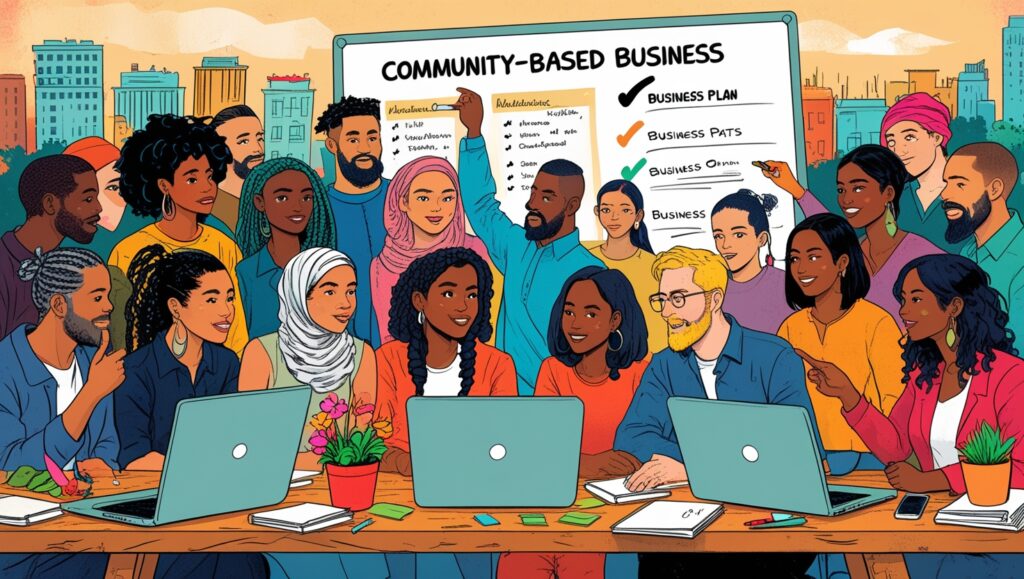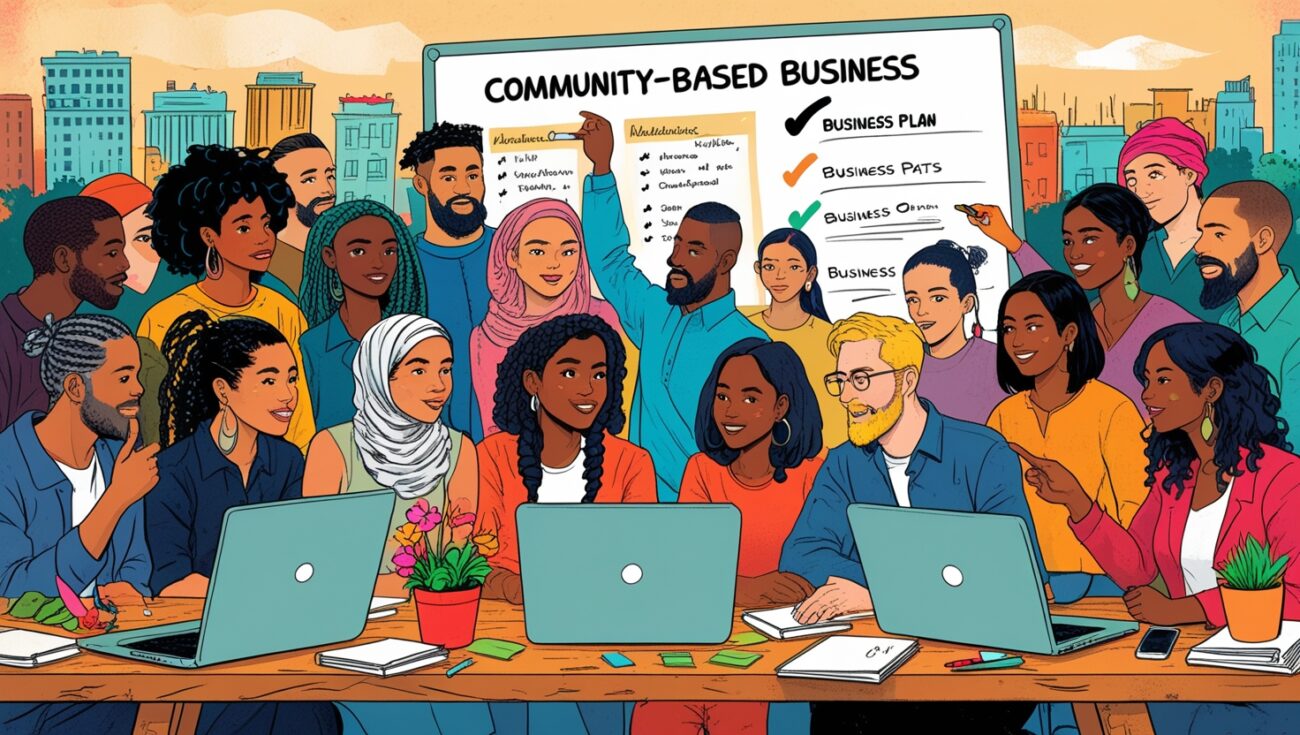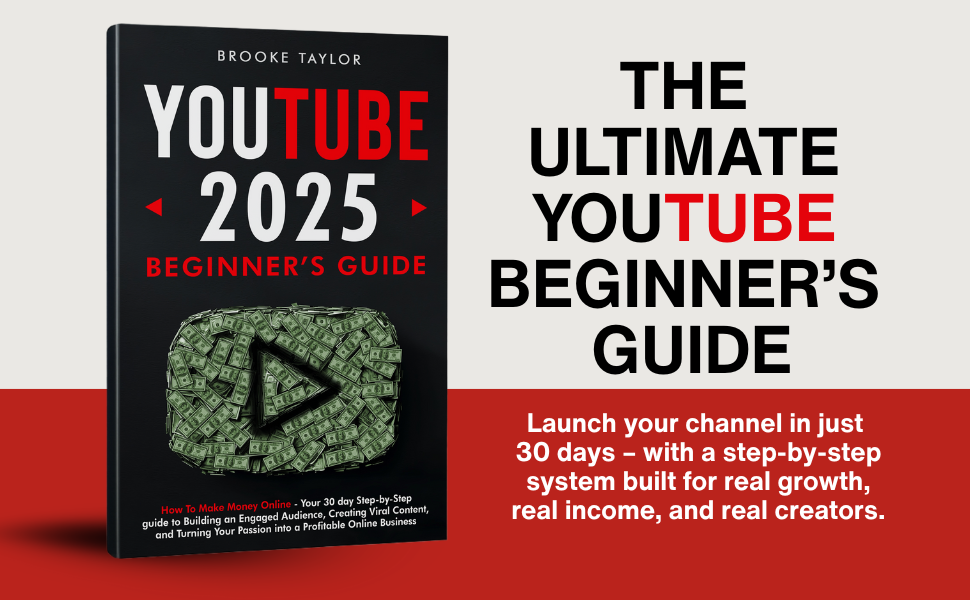How to Start a Community-Based Business
When I first started thinking about building a community-based business, I honestly had no idea how powerful it could be. I always thought success came from selling more products or booking more clients, but I was missing the bigger picture.
The reality is this: community-first businesses are changing the way we earn online. They allow you to create a space where people connect, learn, and grow together — and at the same time, they give you the ability to generate recurring monthly income without chasing new customers every week.
Here’s exactly how I started mine, and how you can start your own community-based business today.

Table of Contents
What Is a Community-Based Business?
A community-based business is a business model where you build a group of people around a common interest, problem, or goal, and then create offers (like courses, memberships, coaching, or events) that help them achieve results.
Instead of trying to sell to random strangers, you build a tight-knit group of people who trust you. And because they’re part of a community, they’re more likely to engage, stick around, and continue buying from you over time.
Why I Chose Skool as My Platform
I tested multiple tools — Facebook Groups, Slack, Discord, Kajabi — and every single one felt messy, disconnected, or too complicated.
Then I found Skool, and it instantly changed everything for me. Skool is the only platform I’ve found that combines:
- A community feed (like a private social group)
- A classroom for lessons and resources
- A calendar for live events
- Built-in Stripe payments so you can charge monthly or yearly
I didn’t need a website, funnel software, or email automations. I just set up my Skool group, uploaded my content, and started inviting people.
Step 1: Choose Your Niche
The key to a successful community-based business is specificity. When I tried to go broad, no one connected with my message.
Ask yourself:
- Who do you want to serve?
- What problem do they want solved?
- How can your community help them solve it?
The narrower your niche, the easier it is to attract members who are excited to join.
Step 2: Decide What You’ll Offer
Your community can offer:
- Courses or tutorials
- Live Q&A calls or group coaching
- Accountability threads
- Templates, checklists, and guides
- Private networking opportunities
You don’t have to offer everything at once. I started simple with one weekly call and a community feed, and added more as we grew.
Step 3: Set Up Your Skool Group
This was the easiest part for me. I signed up for Skool using my affiliate link, named my group, customized the branding, and uploaded a welcome video.
Skool handled the tech I used to stress about. Members pay via Stripe, get instant access, and everything — from classroom content to live events — is in one place.
Step 4: Launch to Your Audience
I didn’t wait for everything to be perfect. I sent a few emails and DMs to people who had asked me for help before, and offered them a special founding-member price.
Even with a small audience, this worked. My first 10 members covered my $99/month Skool subscription and gave me feedback to make the group better.
Step 5: Keep Members Engaged
A community is only as strong as its engagement. I make it a point to:
- Welcome every new member
- Post regular prompts and updates
- Share behind-the-scenes content
- Run at least one live session per month
This keeps people excited to log in, which means they stay subscribed longer — and that’s the key to predictable monthly income.
Why This Business Model Works
Unlike one-off products or client work, a community-based business creates recurring revenue. People stay for the relationships, the accountability, and the access to you.
It’s also much more fun. I love waking up and seeing my members connect, share wins, and support each other. It reminds me why I started this in the first place.
Final Thoughts: Start Today, Not Someday
You don’t need a huge audience or perfect branding to build a successful community-based business. What you need is:
- A specific niche
- A clear offer
- The right platform to host it
For me, that platform is Skool. It’s clean, easy, and lets you start earning from day one.
If you’ve been dreaming about creating a space where people come together and pay you monthly, this is the fastest way to start.
One of the best things about a community-based business is how quickly it builds trust. When members interact with each other daily, they feel connected to the group and to you. That connection is what makes them want to stay and continue paying each month.
Another benefit I noticed is how much user-generated content naturally happens inside a community. Members ask questions, share wins, and post resources — which means the group becomes valuable even without me creating new content every single day.
I also love that this model makes my business more predictable. With one-off product launches, I never knew what my income would look like next month. But with a community-based business, I can see recurring revenue come in consistently, which allows me to plan and scale with confidence.
When I first started, I kept the price low to get early members in. But once I built momentum, I raised my rate. This is a great strategy because it rewards your founding members while giving you room to grow your income as the group improves.
Another tip: don’t wait for a big audience to start. My first group had only 12 members, but it was enough to prove the concept. When you start small, you can give members extra attention and create strong testimonials that help you attract more people later.
You also don’t need to overcomplicate your offer. A simple promise works best: “Join to achieve this specific result.” If people understand exactly what they’ll get, they’re much more likely to sign up.
Skool makes this entire process simple. I no longer worry about missed emails, broken payment links, or juggling multiple tools. Members log into one clean platform where they can access everything they need. That ease of use is part of why engagement stays high.
The gamification feature inside Skool is another thing I love. Members earn points for participating, and the leaderboard encourages friendly competition. It’s amazing how this small detail can completely transform the energy in your group.
Another way to increase retention is to offer exclusive bonuses to members who stick around. I sometimes surprise my group with an extra training or guest expert, and it always generates excitement and reinforces why they’re paying each month.
As your group grows, you can add additional income streams. Many creators layer in upsells like 1:1 coaching, live workshops, or premium tiers. Once you have a loyal community, it becomes much easier to offer higher-value services without feeling salesy.
The biggest lesson I’ve learned is that starting is more important than being perfect. I was nervous about charging for access at first, but I realized people are happy to pay for a space that helps them achieve their goals. Your community solves a problem — and that’s worth investing in.
If you’re serious about building a business that gives you freedom and purpose, start your community today. Skool is the platform I use, and I believe it’s the best all-in-one solution to build, manage, and grow your community-based business from day one.






